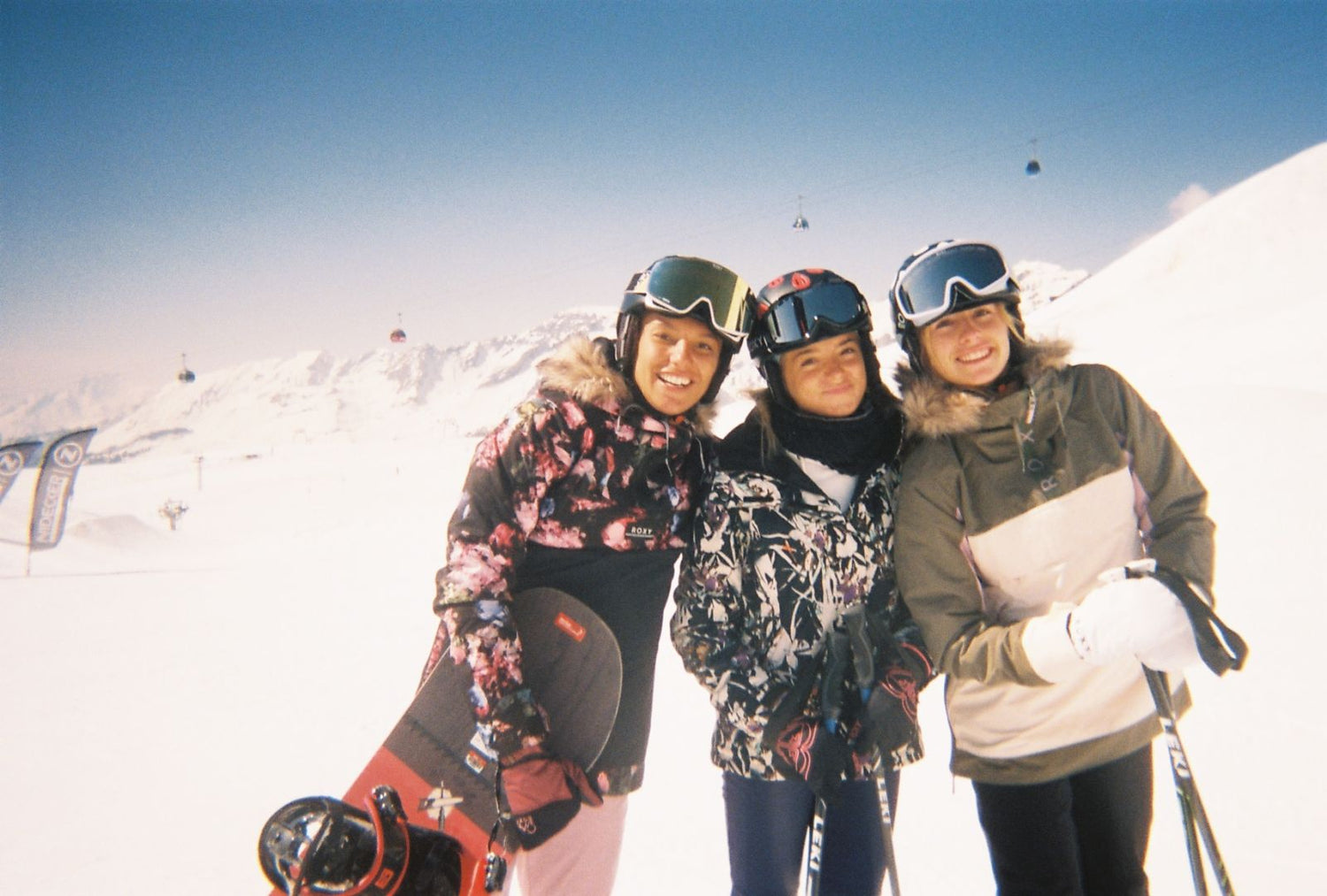Choose your ski pants and salopettes

With so many styles of ski pants out there, it can be hard to find the right pair for you. Ski pants range from entry-level to high-tech to premium, with prices to reflect quality and comfort. But don’t worry – our expert guide to ski pants and bib pants will tell you everything you need to know to help make choosing ski pants and salopettes easy.
How To Choose Ski Pants and Bib Pants?
Before you start shopping for the perfect pair of ski pants or salopettes, it's good to understand the different styles, fit and technical features available.
What Is the Difference Between Ski Pants and Bib Pants?
Salopettes is the French word for ‘overalls’ and is a term used to describe looser, bib-style ski pants. Ski pants, on the other hand, are usually a more form-fitting pant. Nowadays, ski pants refers to anything worn on the bottom half to keep you warm, dry and comfortable on the mountain.
What Are the Different Types of Ski Pants and Bib Pants?
There are three basic types of ski pant construction:
-
- Un-insulated: Also known as a shell, an uninsulated ski pant features a waterproof/breathable membrane with no added insulation. It’s the most versatile type of ski pant.
- Insulated: An insulated ski pant has a waterproof ‘shell’ outer featuring a waterproof/breathable membrane with an inner insulating layer. This type of pant is great for most skiers and conditions.
- Softshell: Softshell ski pants are made with a softer, water-resistant fabric that’s more breathable than ‘hard’ shells, ideal for ski touring, cross country skiing and dryer conditions.
How To Choose Your Size and Fit?
Slim Fit
A slim fitting ski pant is the most popular style for most people with a taper at the knee and a hip hugging fit. Often made with stretch fabric, slim fit ski pants may not have quite as much freedom of movement as regular or loose fit ski pants.
Regular Fit
Regular fit pants provide good all-round performance, usually with a slight taper at the knee, extra space for layers and plenty of freedom to move.
Loose Fit
A loose fit ski pant is usually a straight cut style with no taper at the knee. The provide maximum freedom of movement and plenty of space for layering. This baggy style is popular with skiers looking for a relaxed, casual look.
Insulation & Linings
While ski jackets have a broad range of insulation styles, ski pants have a simpler construction that is lighterweight and less bulky. Since skiing is an intense, physical activity and the main body parts used while skiing are your legs, less coverage on the legs can offer better range of movement. While some people prefer the versatility of shell ski pants, others prefer the extra warmth that insulated, lined ski pants give.
WarmFlight Technology
When it comes to ski pants, insulation needs to be lightweight and low-bulk, yet warm – even when wet. One of the best products on the market is Primaloft’s Thinsulate, having great warmth-to-weight thermal efficiency, good breathability and excellent resistance to humidity – this is why Roxy uses it as the basis of our Warmflight x2 and x3 insulation.
Waterproofness & Breathability
5K to 20k Ratings
Despite what some may say, ski pants and jackets are not actually waterproof. Ski jackets and pants are designed to prevent water/snow from getting in and to let moisture out, making them ‘water resistant’. Water resistance is achieved by using a with a semi-porous membrane on the inside of the outerwear fabric which is rated for waterproof and breathability. The higher the rating, the better it performs. Generally speaking, a rating of 5k/5k provides entry-level performance for skiing or snowboarding. While a rating of 20k or higher is needed for very wet conditions and intense activities like backcountry ski touring.
Shop 10k Ski Pants Shop 15k Ski Pants
Gore-Tex
Gore-Tex technology offers extreme waterproofing that lasts: durably waterproof, windproof and highly breathable protection. Gore-Tex provides a premium level for skiing in extreme conditions. It also offers perfect waterproofness and breathability for those who want to ensure they'll stay dry the whole day down slopes.
Ski Pant Essential Features
Other than fit, a good waterproof rating and warm insulation, there are some other essential features that make a good pair of ski pants into a great pair of ski pants.
- Snow gaiters are an elasticated panel around the ankle cuffs that prevent snow from riding up into your boots – a must on powder days.
- Vents are located between the thighs and are another must for cooling your body down quickly. Make sure they are mesh-backed to keep out loose snow. If warmth is a priority, look for single vents on the inside thigh. If you are ski touring or splitboarding and want increased airflow, look for twin vents on the inner and outer thighs.
- Well-designed and durable pockets and zips are essential in any pair of ski pants. Look out for waterproof zippers, handwarmer linings and technical accessory pockets.
- Ski boots are big and clumsy: look for zip ankle openings to help your pants fit over the top of your ski boots.
- Scuff guards on the inside ankle protect your pants from sharp ski edges.
Related Guides
How To Dress for Skiing: The Essentials




Leave a comment
This site is protected by hCaptcha and the hCaptcha Privacy Policy and Terms of Service apply.